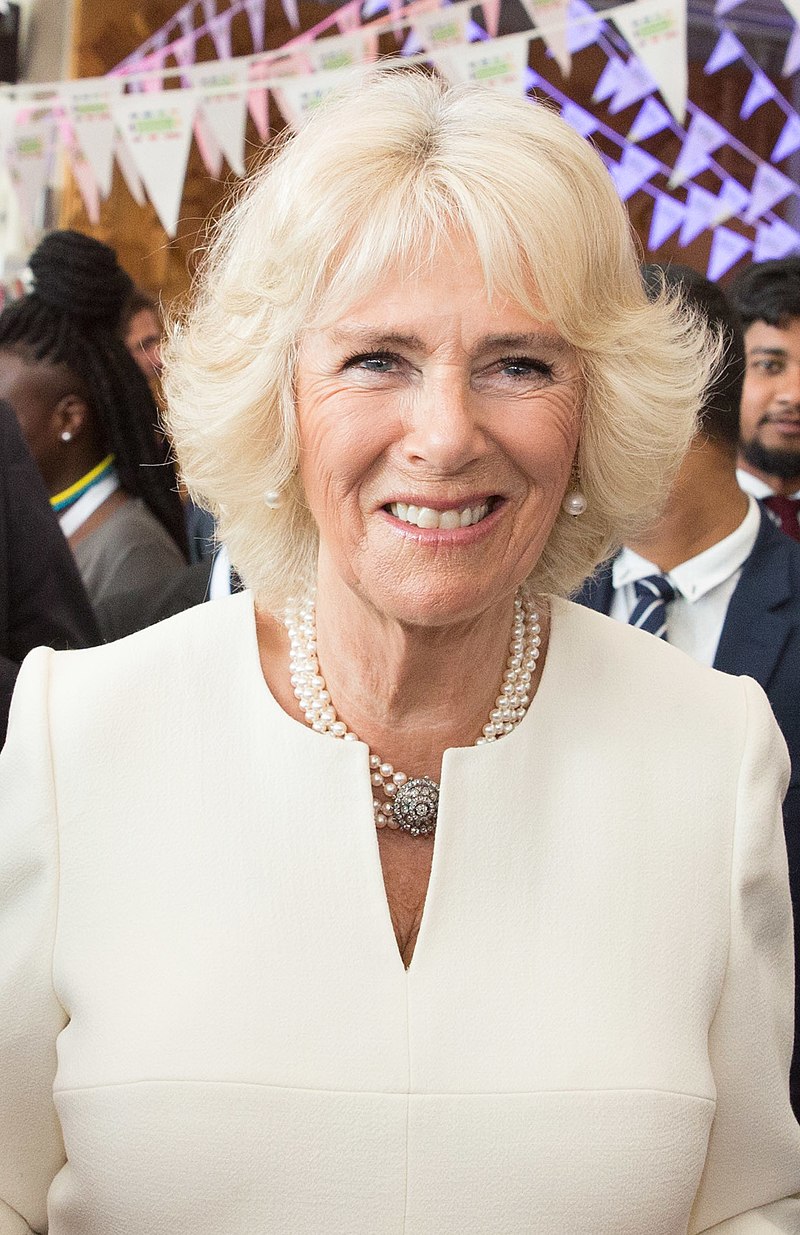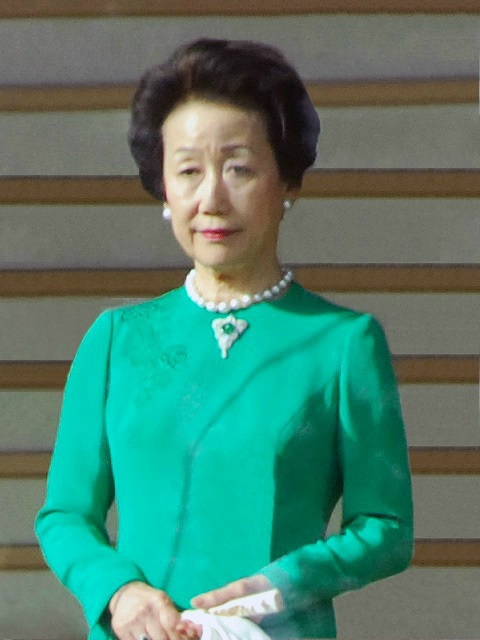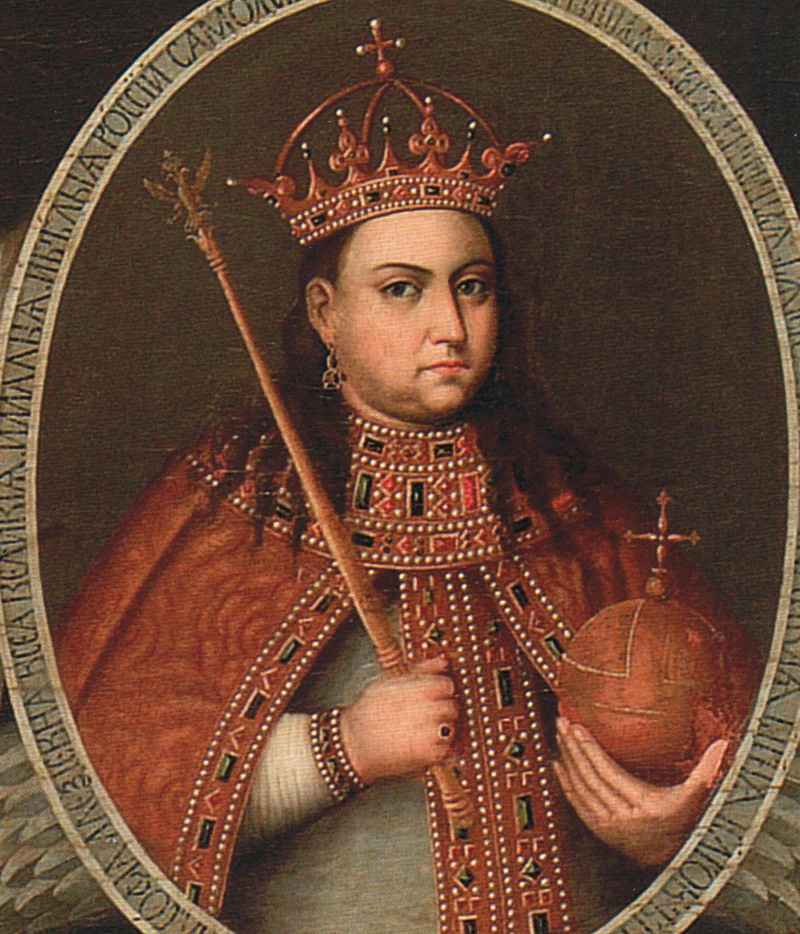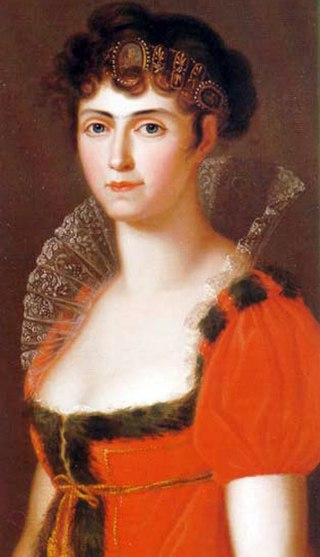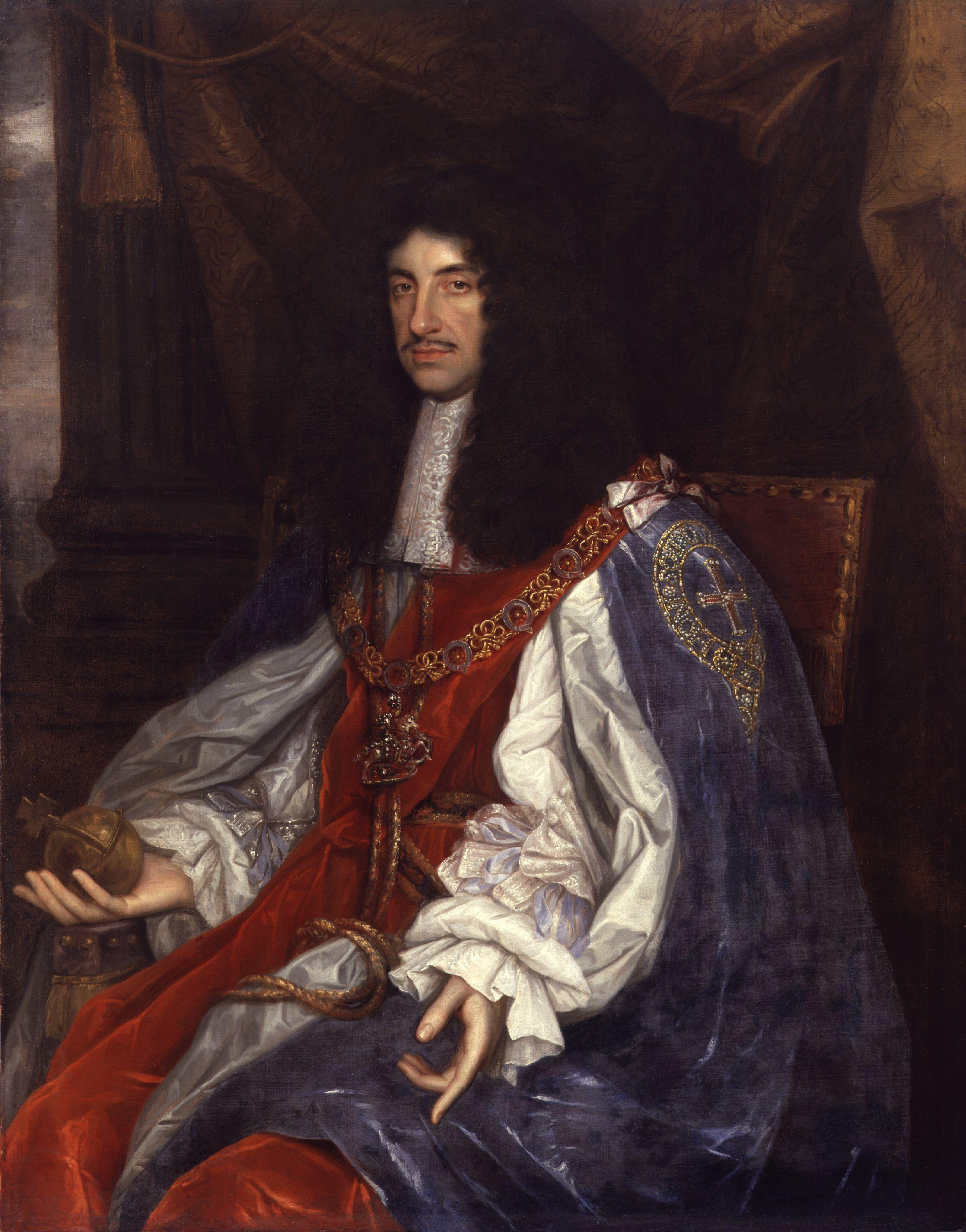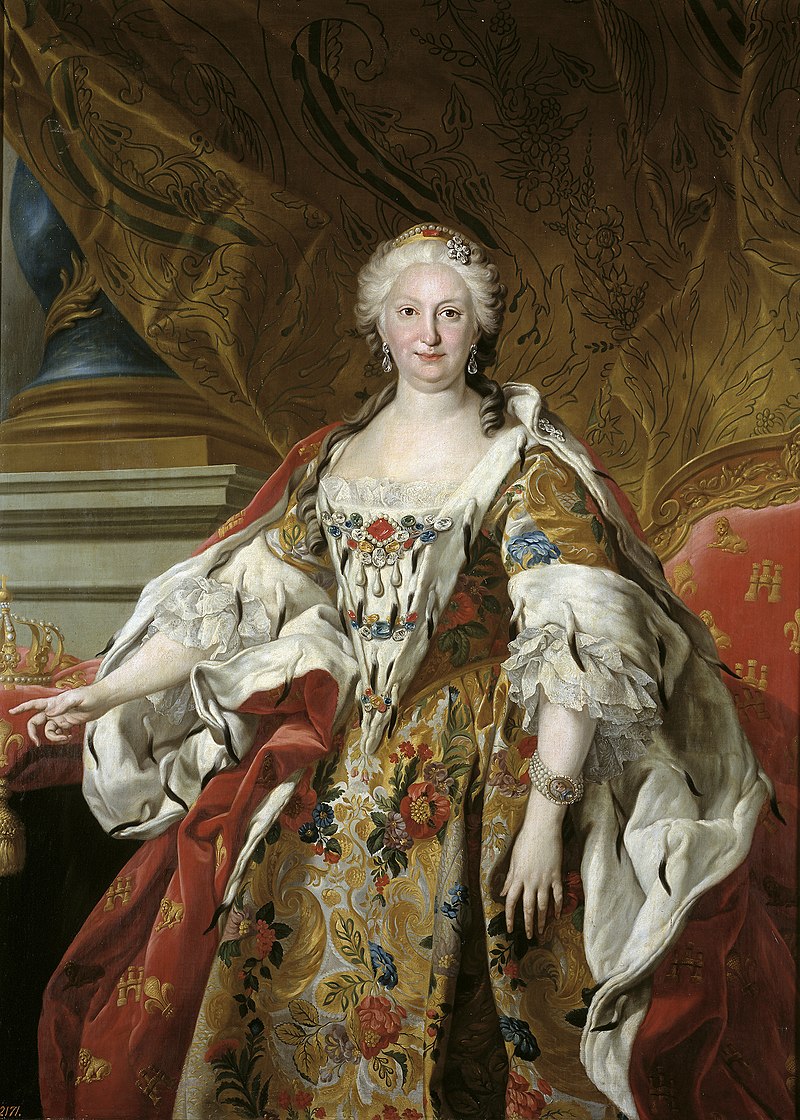© Unofficial Royalty 2023

On floor: Tsarevich Alexei; Seated: Grand Duchess Maria, Empress Alexandra Feodorovna, Emperor Nicholas II, Grand Duchess Anastasia; Standing: Grand Duchess Olga, Grand Duchess Tatiana; Credit – Wikipedia
July 17, 924 – Death of Edward the Elder, King of the Anglo-Saxons, son of Alfred the Great, King of Wessex, King of the Anglo-Saxons, at the royal estate of Farndon-on-Dee in Mercia now in Chesire, England; buried in the New Minster in Winchester, England, later moved to Hyde Abbey Church which was destroyed in 1539 during the Dissolution of the Monasteries in the reign of King Henry VIII
According to Asser, the Welsh monk who was Alfred the Great’s contemporary biographer, Edward was brought up with his youngest sister Ælfthryth. They were educated at court by tutors and read ecclesiastical and secular works in English. Edward was a child throughout the wars his father Alfred the Great fought with the Danes and was more of a soldier than a scholar like his father. By 892, he was commanding part of the Anglo-Saxon army, and upon his father’s death in 899, the Anglo-Saxons were prepared to accept him as their leader. Edward was crowned on June 8, 900 by Plegmund, Archbishop of Canterbury at Kingston-upon-Thames, where the ancient coronation stone can still be seen.
Unofficial Royalty: Edward the Elder, King of the Anglo-Saxons
July 17, 1645 – Death of Robert Carr, 1st Earl of Somerset, favorite of King James I of England; buried at St. Paul’s Churchyard in London, England
In 1607, probably thanks to the influence of Thomas Overton, Robert participated in a tournament attended by King James I and attracted the king’s attention by breaking his leg. King James I immediately took a liking to nineteen-year-old Robert, got him some medical treatment and decided to improve his education. Robert did not have great intellectual gifts, however, he was good-looking, had a good temperament, and had good character and this must have been enough for King James who knighted him and kept him under his wing. Robert Carr is best known for being implicated with others in the murder of his friend Thomas Overbury. Read about it in the link below.
Unofficial Royalty: Robert Carr, 1st Earl of Somerset, favorite of King James I of England
July 17, 1762 – Assassination of Peter III, Emperor of All Russia at Ropsha, Russia; first buried without honors in the Alexander Nevsky Monastery in St. Petersburg, Russia; reburied by his son Paul, Emperor of All Russia at Peter and Paul Cathedral in St. Petersburg, Russia; Peter’s wife succeeds him as Catherine II (the Great), Empress of All Russia
Peter III, Emperor of All Russia was born Karl Peter Ulrich of Holstein-Gottorp. His father was Karl Friedrich, Duke of Holstein-Gottorp. His mother was Grand Duchess Anna Petrovna of Russia, daughter of Peter I (the Great), Emperor of All Russia. Peter III’s life dramatically changed when his unmarried maternal aunt, his mother’s younger sister, Elizabeth, Empress of All Russia, declared him her heir and brought him to St. Petersburg, Russia. He married his second cousin, Sophie of Anhalt-Zerbst (later Catherine II the Great). Peter succeeded his aunt in 1762. A conspiracy to overthrow Peter was planned and centered around the five Orlov brothers with Grigory, Catherine’s favorite, and Alexei being the main conspirators. Peter III, Emperor of All Russia died at the age of 34 on July 17, 1762, at Ropsha Palace, a country estate outside of St. Petersburg, Russia. He was probably murdered but the circumstances of his death remain unclear. His wife became the Empress of All Russia and is known as Catherine the Great.
Unofficial Royalty: Assassination of Peter III, Emperor of All Russia
Unofficial Royalty: Peter III, Emperor of All Russia
July 17, 1771 – Death of Count Alexei Grigorievich Razumovsky, lover of Elizabeth, Empress of All Russia, at Anichkov Palace in St. Petersburg, Russia; buried in the Annunciation Church of the Alexander Nevsky Lavra in St. Petersburg, Russia
Alexei’s singing brought him to the Russian court where he joined the Court Choir. His beautiful singing and good looks earned him the interest of Tsesarevna Elizabeth Petrovna, daughter of Peter I (the Great), Emperor of All Russia, the future Elizabeth, Empress of All Russia In 1732, Elizabeth made Alexei a member of the choir in her private chapel. Soon, he had a room near her apartments. Alexei had personality qualities that made him a good choice to be Elizabeth’s favorite and lover. He was a simple and decent person and well-liked for his kindness, good nature, and tact. He had no ambition and never interfered in politics. Alexei survived Empress Elizabeth and was one of the people at her bedside when she died in 1762. Shortly after Elizabeth’s death, Alexei submitted his resignation from his various positions and moved from the Winter Palace in St. Petersburg to the nearby Anichkov Palace which Empress Elizabeth had built for Alexei.
Unofficial Royalty: Count Alexei Grigorievich Razumovsky, lover of Elizabeth, Empress of All Russia
July 17, 1859 – Death of Stephanie of Hohenzollern-Sigmaringen, Queen of Portugal, wife of King Pedro V of Portugal, in Lisbon, Portugal; buried at the Monastery of São Vicente de Fora in Lisbon, Portugal
After a visit to the town of Vendas Novas, Stephanie fell ill with diphtheria and died at the age of 22. Her husband, King Pedro V, was greatly saddened by his wife’s death and fell into a deep depression. He died of typhoid fever just two years later and was succeeded by his brother, King Luís I.
Unofficial Royalty: Stephanie of Hohenzollern-Sigmaringen, Queen of Portugal
July 17, 1917 – House of Windsor established by royal proclamation
By 1917, during World War I, anti-German sentiment had reached a fevered pitch in the United Kingdom. The British Royal Family’s dynastic name had gone from one German name to another, the House of Hanover to the decidedly more Germanic-sounding, House of Saxe-Coburg-Gotha. Many British people felt that this implied a pro-German bias. King George V’s Private Secretary Arthur Bigge, 1st Baron Stamfordham came up with the House of Windsor. When Wilhelm II, German Emperor, a grandson of Queen Victoria and a first cousin of King George V, received the news, he smiled, got up from his chair, and said in his perfect English that he was off to the theater to see Shakespeare’s play The Merry Wives of Saxe-Coburg-Gotha. A number of King George V’s relatives who had Germanic titles and were British subjects exchanged their old names and titles for new English-sounding ones.
Unofficial Royalty: July 17, 1917: The Birth of the House of Windsor
Unofficial Royalty: House of Windsor Index
July 17, 1918 – Execution by firing squad of Nicholas II, Emperor of All Russia and his family along with three of their most loyal servants and the court doctor in Yekaterinburg, Siberia, Russia; buried on July 17, 1998, the 80th anniversary of their deaths, in St. Catherine Chapel at the Peter and Paul Cathedral in St. Petersburg, Russia
The family had been in exile in the Ipatiev House in Yekaterinburg, Siberia, Russia since the previous spring. The residence was also known as The House of Special Purpose, as the Bolsheviks had wanted to eventually bring Nicholas to trial. At the time of the family’s execution, the Bolshevik Red Army controlled Yekaterinburg with the anti-communist White Army gaining strength in the surrounding area. To prevent the family from possible escape into White Army hands, the decision was made to execute them.
Unofficial Royalty: Execution by firing squad of Nicholas II, Emperor of All Russia and his family
Unofficial Royalty: Nicholas II, Emperor of All Russia
Unofficial Royalty: Alix of Hesse and by Rhine (Empress Alexandra Feodorovna of Russia
Unofficial Royalty: Grand Duchess Olga Nikolaevna of Russia
Unofficial Royalty: Grand Duchess Tatiana Nikolaevna of Russia
Unofficial Royalty: Grand Duchess Maria Nikolaevna of Russia
Unofficial Royalty: Grand Duchess Anastasia Nikolaevna of Russia
Unofficial Royalty: Tsesarevich Alexei Nikolaevich of Russia
July 17, 1945 – Birth of Alexander, Crown Prince of Serbia, current pretender to the former Serbian throne, at Suite 212 of Claridge’s Hotel in Brook Street, London, England
Crown Prince Alexander II of Serbia is the son of King Peter II of Yugoslavia and Princess Alexandra of Greece and is the current pretender to the former Serbian throne. He was born in Suite 212 of Claridge’s Hotel in London, England where his parents were living in exile. Under the orders of Prime Minister Winston Churchill, the British government ceded sovereignty of the suite to Yugoslavia for the day so the new Crown Prince could be born on Yugoslav soil.
Unofficial Royalty: Alexander, Crown Prince of Serbia
July 17, 1947 – Birth of Queen Camilla of the United Kingdom, second wife of King Charles III of the United Kingdom, born Camilla Rosemary Shand at King’s College Hospital in London, England
Alice Keppel, Camilla’s great-grandmother, was the mistress of King Edward VII, King Charles III’s great-great-grandfather, from 1898 until King Edward’s death in 1910. Camilla, along with Diana, Princess of Wales and Sarah, Duchess of York, is a descendant of King Charles II of England through one of his illegitimate children, Charles Lennox, 1st Duke of Richmond, son of Charles II and his mistress Louise de Kérouaille, Duchess of Portsmouth. In addition, Camilla is the great-great-great-granddaughter of Sir Allan MacNab, who was Premier of the Province of Canada before Confederation in 1867.
Unofficial Royalty: Queen Camilla of the United Kingdom
July 17, 1963 – Birth of Letsie III, King of Lesotho at Scott Hospital in Morija, Lesotho
Letsie III is the current King of Lesotho, located in Africa. In 2000, King Letsie married Anna Karabo Mots’oeneng in a Roman Catholic ceremony at the national sports stadium with a crowd of 40,000 people watching. The couple has one son and two daughters.
Unofficial Royalty: Letsie III, King of Lesotho
July 17, 2004 – Death of Susan Cullen-Ward, Crown Princess of Albania, wife of Crown Prince Leka I of Albania, pretender to the Albanian throne, in Tirana, Albania; buried at Sharra Cemetery in Tirana, Albania, in 2012, her remains were moved to the newly rebuilt Royal Mausoleum in Tirana, along with the remains of her husband and his parents
After living in exile, the royal family was invited to return to Albania in June 2002. Arriving with her husband, son, and mother-in-law Queen Geraldine, Susan continued her work for improving conditions for the Albanian people and remained steadfast in her unyielding support for her husband’s efforts. Sadly, just two years later, she died after having been diagnosed with lung cancer.
Unofficial Royalty: Susan Cullen-Ward, Crown Princess of Albania
July 17, 2020 – Wedding of Princess Beatrice of York and Edoardo Mapelli Mozzi in a private ceremony at the Royal Chapel of All Saints, on the grounds of Royal Lodge in Windsor Great Park in Windsor, England
The wedding was scheduled to take place on May 29, 2020, at the Chapel Royal at St James’s Palace in London, England, followed by a private reception in the gardens of Buckingham Palace. However, because of the COVID-19 pandemic, the wedding was postponed. The wedding was rescheduled and new arrangements were made. In line with British government guidelines for COVID-19, all social distancing measures were followed. After July 4, 2020, weddings with up to 30 attendees were allowed to take place. It is known that there were approximately twenty guests including the bride and groom’s parents and siblings, and the bride’s paternal grandparents Queen Elizabeth II and Prince Philip, Duke of Edinburgh. Prayers were said but in accordance with British government guidelines for COVID-19, no hymns were sung, but a selection of music was played. The National Anthem was played but not sung.
Unofficial Royalty: Wedding of Princess Beatrice and Edoardo Mapelli Mozzi
This article is the intellectual property of Unofficial Royalty and is NOT TO BE COPIED, EDITED, OR POSTED IN ANY FORM ON ANOTHER WEBSITE under any circumstances. It is permissible to use a link that directs to Unofficial Royalty.












